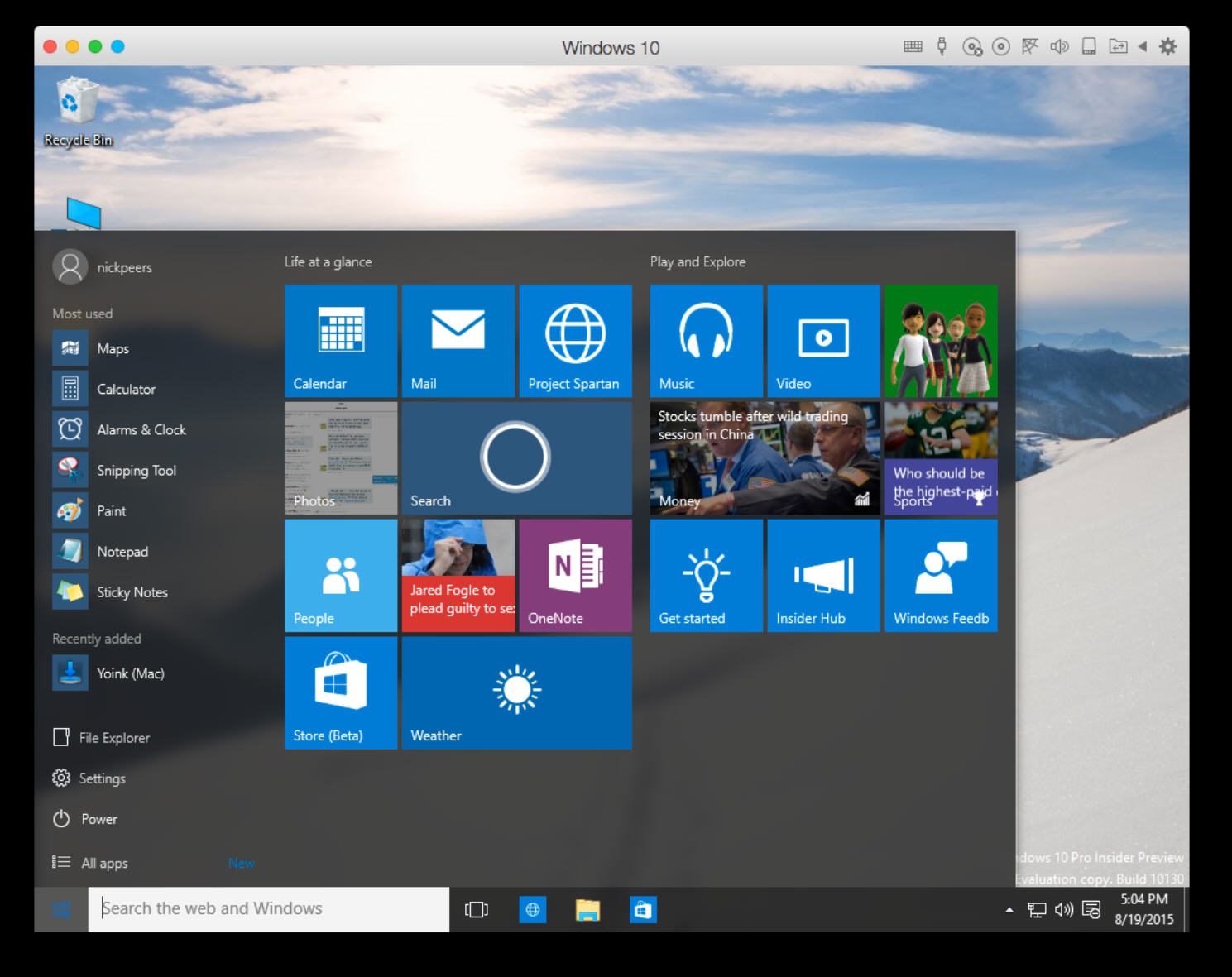
Even Microsoft has supported ARM for quite a while, first with Windows RT (8.1/32-bit ARM), and now with Windows 10 for ARM. Apple MacOS Sierra (10.12) native Virtualization (through applications such as Parallels and VMWare) is not supported. Virtualization (through applications such as Parallels and VMWare) is not supported. Must boot into Windows OS natively on Apple hardware. It’s in nearly every mobile phone, most portable devices, TVs, and more, though under licenses that allow the vendors to call their ARM implementation anything they want. Windows operating systems (above) also supported on Apple hardware using Bootcamp.

This is partly due to the Rosetta 2 install-time translation, but Apple also doused the M1 with some of what I call its “special sauce”-sly tricks that include support for x86 memory ordering, one of the main differences between Intel and ARM architectures.ĪRM is hardly new. It’s faster than my 2015 iMac with an Intel Core i7. Thanks to unified direct-access memory, integrated GPU cores, and cores dedicated to common tasks (such as H.265 video encoding), it’s fast as all get-out.īut its most surprising trick is its ability to run x86/圆4 Mac apps at more than acceptable (if not quite native) speeds. Once enabled, you can enable Hyper-V on your Windows 10 Pro machine by typing features into the search box on the taskbar and click ‘Turn Windows features on or off’, scroll down and tick the. Just in case this whole deal is new to you: Apple’s M1 ( go./am1c) is a system on a chip (SoC), based on the Advanced RISC Architecture/Reduced Instruction Set Computing/Instruction Set Architecture (ARM RISC ISA).

But who knows? There are many forces in play. I’m guessing the company eventually will, given the upbeat moods of the participants I queried. Alas, Windows on the Mac involves a slew of “ifs” and “maybes.” Primarily, there is no guarantee that Microsoft will acquiesce to make Windows 10 for ARM (the required OS) available to end users.


 0 kommentar(er)
0 kommentar(er)
